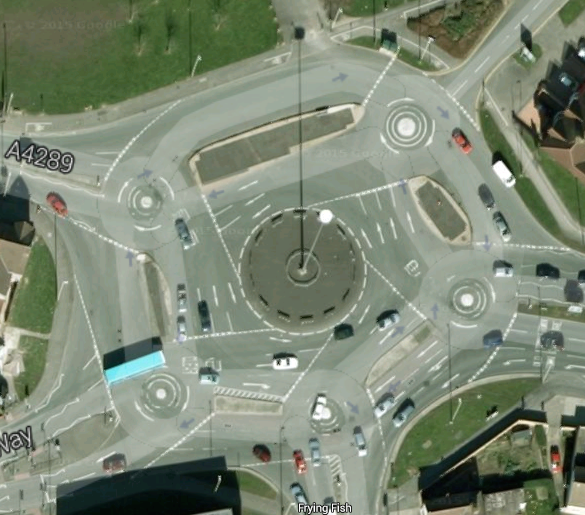3 Record-setting and infamous roads around the world
 Roads. We may not always consciously think about the invaluable role they’ve played in our lives, but without them getting from point A to point B would be a true test. Sometimes, though, certain roads stand out from the rest, whether it’s because of the records they break or the infamy they earn simply for the design.
Roads. We may not always consciously think about the invaluable role they’ve played in our lives, but without them getting from point A to point B would be a true test. Sometimes, though, certain roads stand out from the rest, whether it’s because of the records they break or the infamy they earn simply for the design.
In this blog, we look at three particular roads that have managed to make a name for themselves.
1. The longest motorable road
If you want to take the biggest road trip of your life on a single road, then look no further than the Pan-American Highway. Running throughout the Americas (North, Central and South America), this gargantuan highway starts in Alaska and ends in Argentina (or vice versa). In total, it runs for around 46,349 kilometres. If you were to travel that distance at 100 km/h without stops (which, of course, is impossible), it would take you 463.49 hours to complete. That translates to more than 19 days just to travel this highway at 100 km/h non-stop.
Of course, under normal circumstances, the need for sleep, stopping to get petrol, stopping to eat and see the sites, and other variables (traffic jams, varying speed limits, etc.) mean you could technically have a road trip lasting several months. Some travellers have even made a year-to-2-year-long trip out of going up/down the Pan-American Highway.
2. A steep ascent
Want to know where the steepest road in the world resides? Well, lucky for us Australians, we don’t have to travel far. Our friendly neighbours in New Zealand lay claim to this record. On the South Island in the city of Dunedin sits what is recorded as steepest road/street in the world, Baldwin Street. It has a maximum slope of 19 degrees (grade of 35%), meaning that whether you walk or drive up it, it may be a little taxing. Many cars can struggle to ascend slopes that exceed a 20 – 25% grade, so not every motorist will necessarily get to the top. Of course, if you’re driving down the slope, be prepared to make good use of your brakes.
The upper reaches of this street are surfaced in concrete, which helps make maintenance easier. Another factor is that if it were bitumen, a warm day could technically cause the road to melt and slide down the hill. It also ensures greater safety and grip during winter, when the road can become covered in frost, ice, and/or snow.
3. Around the roundabout
Roundabouts are common in Australia and throughout Europe, but tend to have a very minimal presence in the Americas. If someone from America were to make their way to Swindon, England, then the city’s notorious ‘Magic Roundabout’ could lead to some true confusion. Even for those who are very familiar with roundabouts, Swindon’s one takes things to a whole other level.

The outer loop allows drivers to go through the roundabout in a traditional clockwise (relating countries where you drive on the left-hand side) direction, while the inner loop runs anti-clockwise. There are then five smaller roundabouts, all of which run in a traditional clockwise direction. Depending on where you exit these smaller roundabouts, you may either end up on the outer loop (clockwise) or inner loop (anti-clockwise).